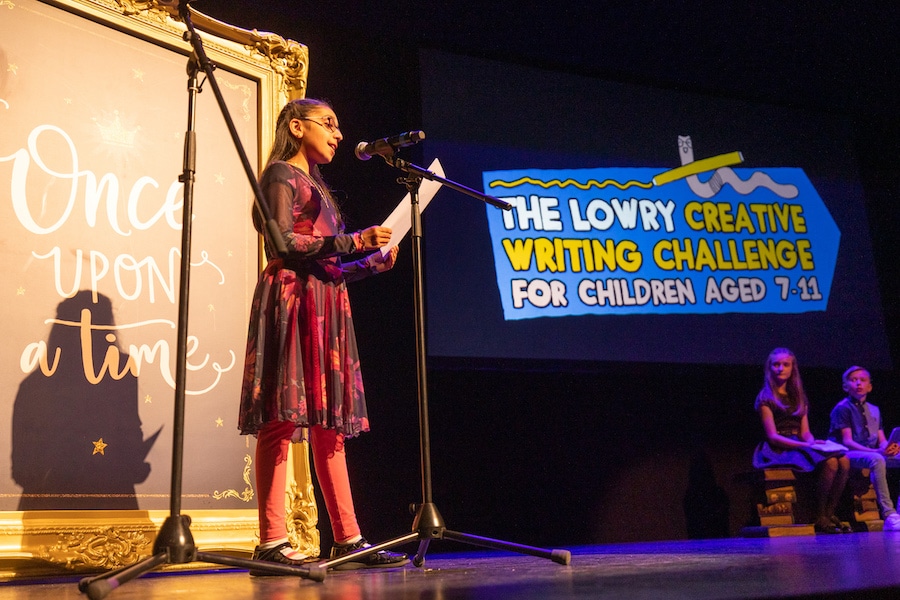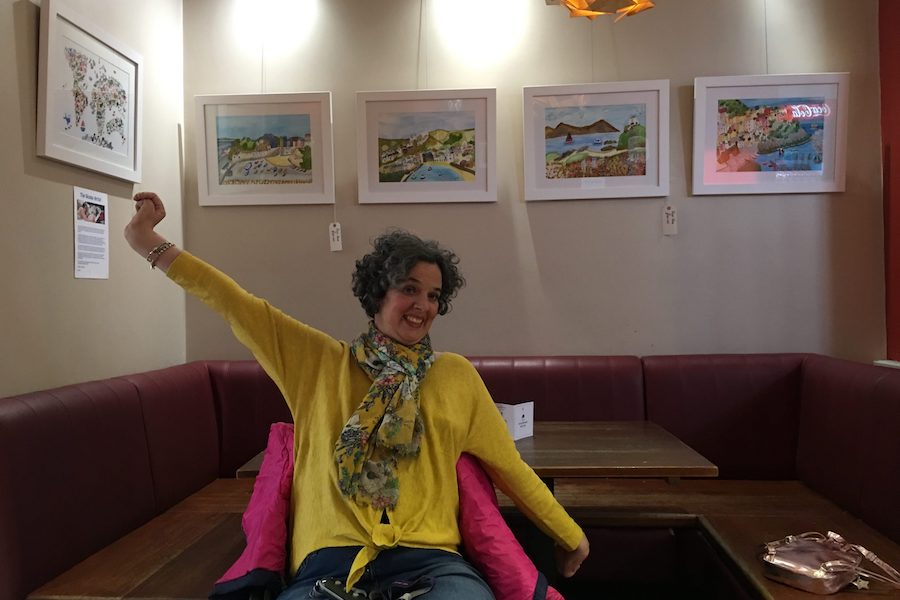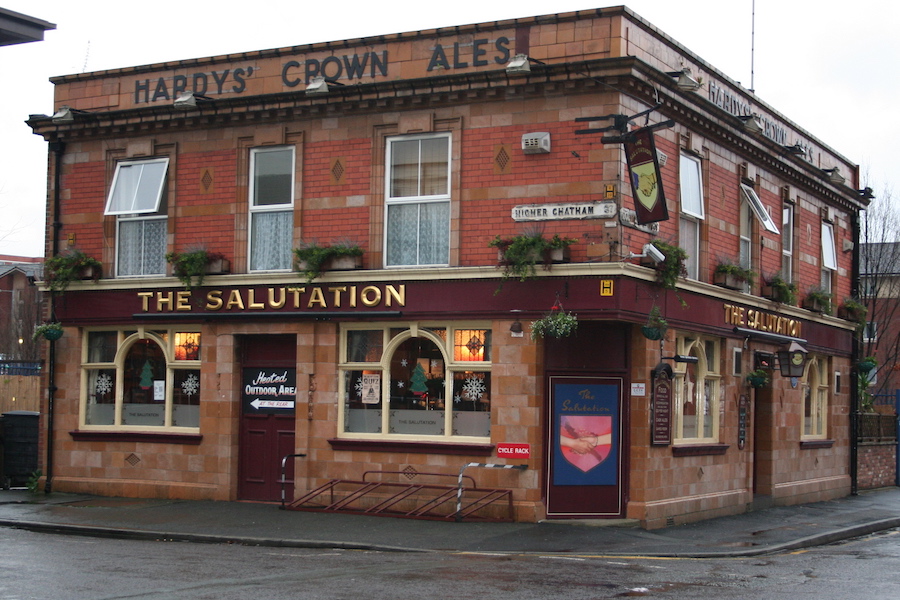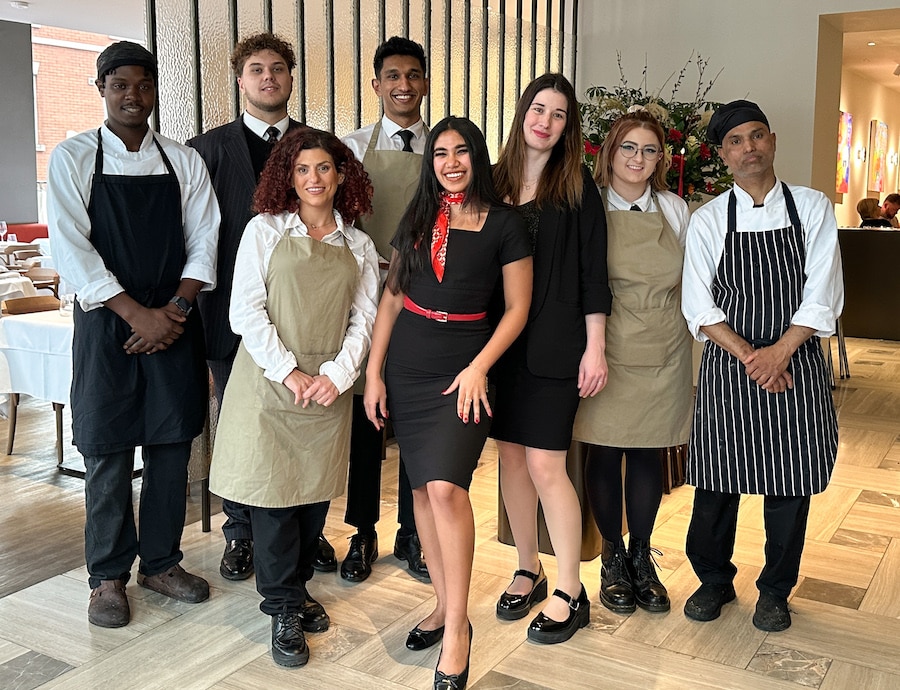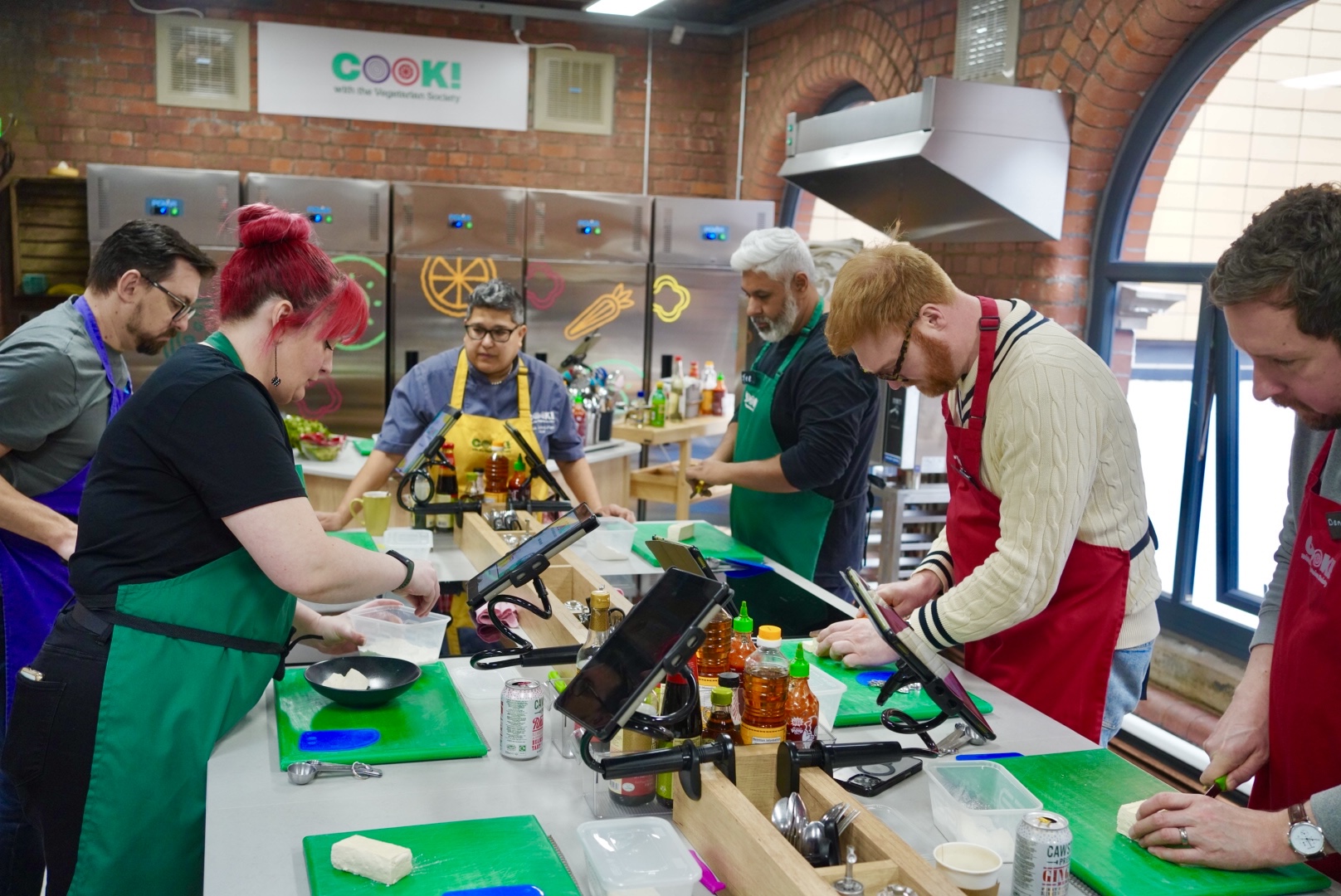This is the place: why Wigan is the happiest town in Greater Manchester
- Written by Hayley Flynn
- Last updated 2 years ago
- Civic, Community, Cornerstone, People, Wigan
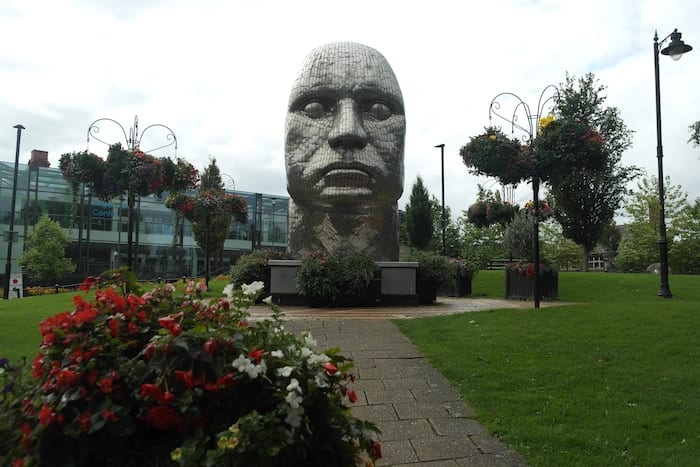
The people of Wigan are regularly named the happiest people in Greater Manchester. So what’s all the fuss about?
First of all, let’s think of the north west as the southern Spain of northern England. I know, I know, but hear us out on this one. We may not have the weather, beaches, the olive groves, or the warm streets lined with sweet-smelling orange trees, but there is an enticing link between Wigan and the small town of Marinaleda. Both towns have tackled austerity in a way few others have.
In Andalucia, the region in which Marinaleda is located, one in three young people is unemployed. But in Marinaleda, every single resident has a job, thanks to a daring mayor who challenges the status quo, is anti-consumerism, and who puts the well-being of residents above all else.
Back here in the UK, Wigan has adopted a similar citizen-led approach to tackle its social and economic concerns. Known as the Wigan Deal, it prioritises improving the lives of residents.
The council has challenged engrained ways of working, and public services now seek to build on the experience and strengths of communities and to champion those who seek to innovate.
This unique approach has saved money, sustained services and, in some instances, even improved them. Where services have improved it’s been thanks to bold decisions to work differently.

Historically, Wigan came to be known for its industrial topography – chimneys, canals and coal mines. When novelist George Orwell visited the town before World War II to document the bleak living conditions of the working classes, he described the landscape as a ‘monstrous scenery of slag-heaps, chimneys, piled scrap-iron, foul canals, paths of cindery mud criss-crossed by the prints of clogs.’ Today they have been transformed into decent, affordable housing, and those old mines have resulted in a vast network of nature reserves.
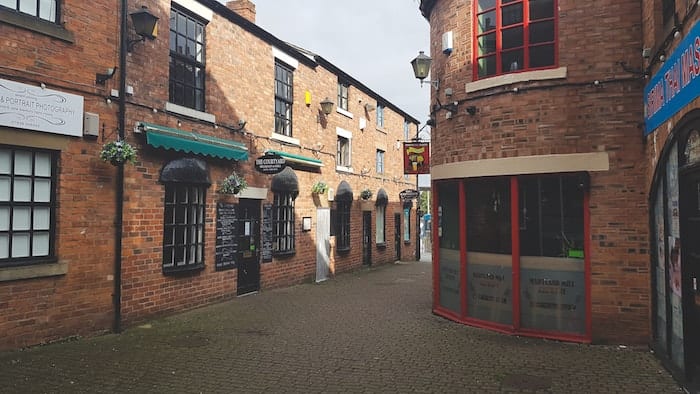
Wigan is synonymous with rugby league, with Wigan Warriors the most successful club in the world. There’s no avoiding the cliche here, but what better way for spectators to warm up at a match than with a pie? Whilst you can find the latter (almost always meat and potato) served up in a buttered barm and sold as the Wigan kebab, the name actually dates back to the mining strikes of the 1920s when Wiganers were the first to return to the mines and, as such, forced to eat humble pie.
Famous former residents include Sir Ian McKellen, George Formby, Richard Ashcroft, Pete Shelley, Kay Burley, Shaun Keaveny, Limahl, and Kym Marsh. Former Manchester City goalkeeper Bert Trautmann was held in a prisoner of war camp in Wigan, where he decided to remain when granted his freedom.
The town’s slogan is Believe in Wigan. Right now, it’s hard not to.
Bars and restaurants

If there’s one thing Wigan is not short of, it’s bars and places to eat. Of particular interest is The Coven, a family-run vegan restaurant that has upscaled recently, moving into The Old Courts, a not-for-profit arts centre.
Another one to watch is Fur Clemt, which has various branches across Wigan. Part of the ‘real junk food’ movement, they’re dedicated to reducing edible wasted food that would otherwise head to landfill, making it available in affordable cafes and food sharing systems.

By the way, the name of the organisation is a Wigan citizenship test. If you know what Fur Clemt means, odds are you were born here. For the benefit of non-natives, it translates as ‘very hungry’.
There’s a couple of legendary former venues in Wigan – the dearly missed Pemps, a ramshackle club with holes in the roof and the strictest (and most elusive) door policy ever known. Congratulations to those of you who ever entered its doors. For every one of you that did, 70 others were turned away.
Then there was The Tudor, a no-frills boozer which was the town’s alternative pub for three decades: a student pub where nervous 17-year-olds could find their crowd over a pint of snakebite and a band. Then, out of the blue, it closed. Now it’s back as a ‘real ale juggernaut’ but their devotion to live music is as vehement as ever.
You can find Wigan Central and Hideout in two 19th century railway arches near Wigan North Western station. The former is Wigan’s only dedicated real ale and cider bar, with plenty of gigs lined up and, of course, great pies. Next door, Hideout specialises in quality wine and gin.
Culture and community
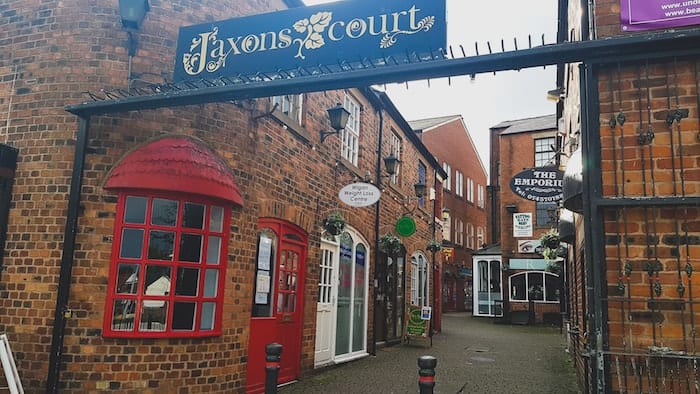
There’s a heck of a lot going on culturally. There’s The Royal Court Theatre, which started life in the 1800s as a theatre, became a cinema in the 1930s, then latterly a bingo hall, and Springbok nightclub. This year it reopens as a 1,500 capacity venue fit for contemporary audiences. The brains behind the transformation are the people who brought us The Old Courts, a not-for-profit centre promoting the best in arts and culture in town, with two music venues, a theatre, an art gallery, rehearsal rooms and performance space.
The Fire Within is a five-year cultural manifesto – and festival – that launched at the start of summer 2019. The project will celebrate people like George Orwell and Kathleen Mary Drew-Barker, known in Japan as The Mother of the Sea. Drew-Barker, who was from nearby Leigh, studied algae and seaweed and her findings helped Japanese nori farmers ensure a consistent and plentiful harvest. She is worshipped as a goddess there – the woman who saved sushi.
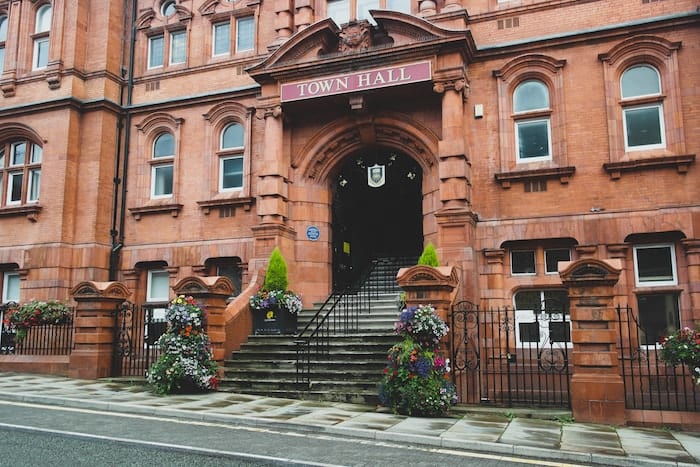
The Academy of Live and Recorded Arts (ALRA) is dedicated to helping students of all backgrounds and ages to enter the world of live and recorded arts. They’re based at Trencherfield Mill, not far from Wigan Pier.
Speaking of which, Wigan Arts Cultural Heritage Trust and Step Places are currently collaborating to transform Wigan Pier into an alternative arts and cultural education centre with an onsite micro-brewery.
Still going strong is The Turnpike Gallery, an independent arts organisation in a brutalist 1970’s building in the centre of Leigh. Also in Leigh is the Leigh Film Society, who run screenings in venues around Wigan and Leigh including dementia-friendly classic cinema clubs, and autism-friendly screenings.
Travel and transport
Wigan has two train stations – across the road from each other. How’s that for accessible? Wigan Wallgate station, on the Southport to Manchester line, will get you into Manchester in 38 minutes. At Wigan North-Western across the road, you can travel across the country with Virgin trains to London, as well as routes to Liverpool, Birmingham, Glasgow and Edinburgh.
The bus station on Hallgate has reopened this year after a £16m redevelopment as part of the Greater Manchester Local Growth Deal.
Schools
Schools recently rated by Ofsted as outstanding include All Saints Catholic Primary School, Rowan Tree Primary, Hope School, and Oakfield High School and College.
Parks and recreation
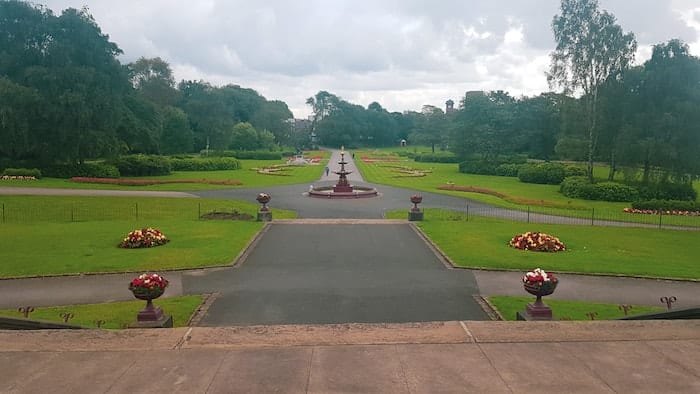
Haigh Hall has the largest area of ancient woodland in Greater Manchester with high ropes, adventure golf, woodland paths, and monthly artisan markets. There’s also a brewery in the courtyard, and a miniature railway taking you to the walled gardens. For families there’s Wild Camps to teach kids skills like fire lighting, making shelters, and quarry climbing. There are walks and cycle routes across the entire estate, and there are even resident pigs.
Mesnes Park is a magnificent Victorian park which has recently undergone a multi-million-pound restoration. The pavilion building is home to a café and sells ice cream by Frederick’s. The old bandstands are revitalised and host regular music performances, and the park has playgrounds and seasonal mini-golf.
For those keen to spot the wildlife of the region, Wigan Flashes are a group of eight shallow wetlands. Flashes are lakes formed by mining subsidence, of which there is plenty here. The once industrial landscape of the Flashes has evolved to become a hotbed of reeds, mossland, and woodland terrain.
Wigan is also home to a green network of canals. The Wigan Flight Canal Route is considered to be some of the most impressive canal infrastructure in the country.
Affordability
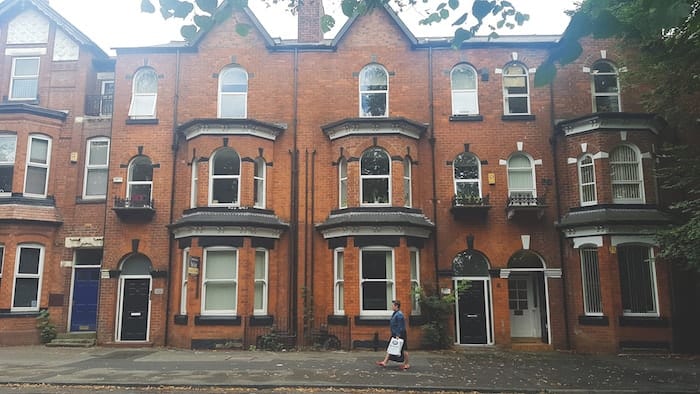
The average house price in Wigan is £136,235 compared to £175,312 in Manchester and £230,292 nationally (as of June 2019).
However, drilling down a little further, those averages do jump up considerably in Parbold, Shevington Vale, Standish and Billinge, with Parbold’s average in the last year being around £309,000. Southern and central areas, like Hindley and Ashton-in-Makerfield, are some of the most affordable.
This is the Place is the name of a poem by Tony Walsh commissioned by Forever Manchester, the one and only charity that raises money to fund and support community activity across Greater Manchester. And they can’t do it without your help. Donate what you can because investing in your local community to help it thrive can be a hugely rewarding experience. There’s a unique sense of satisfaction in knowing that you are making a real difference to the lives of others, especially to those close to home.
- This article was last updated 2 years ago.
- It was first published on 23 August 2019 and is subject to be updated from time to time. Please refresh or return to see the latest version.
Did we miss something? Let us know: press@ilovemanchester.com
Want to be the first to receive all the latest news stories, what’s on and events from the heart of Manchester? Sign up here.
Manchester is a successful city, but many people suffer. I Love Manchester helps raise awareness and funds to help improve the lives and prospects of people across Greater Manchester – and we can’t do it without your help. So please support us with what you can so we can continue to spread the love. Thank you in advance!
An email you’ll love. Subscribe to our newsletter to get the latest news stories delivered direct to your inbox.
Got a story worth sharing?
What’s the story? We are all ears when it comes to positive news and inspiring stories. You can send story ideas to press@ilovemanchester.com
While we can’t guarantee to publish everything, we will always consider any enquiry or idea that promotes:
- Independent new openings
- Human interest
- Not-for-profit organisations
- Community Interest Companies (CiCs) and projects
- Charities and charitable initiatives
- Affordability and offers saving people over 20%
For anything else, don’t hesitate to get in touch with us about advertorials (from £350+VAT) and advertising opportunities: advertise@ilovemanchester.com
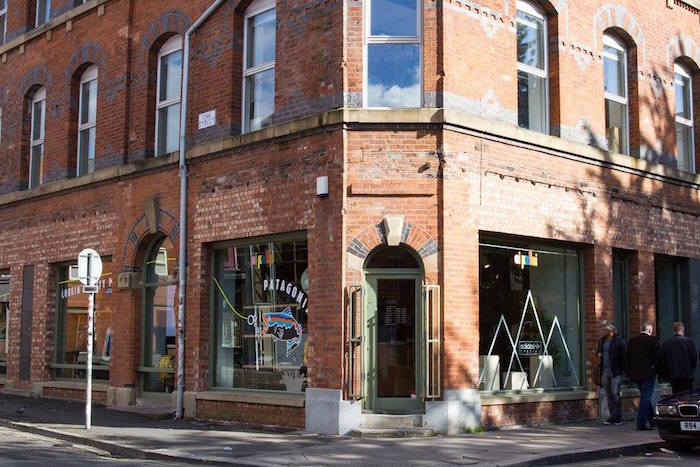
Iconic Northern Quarter menswear store makes a comeback with new styles and big ambitions
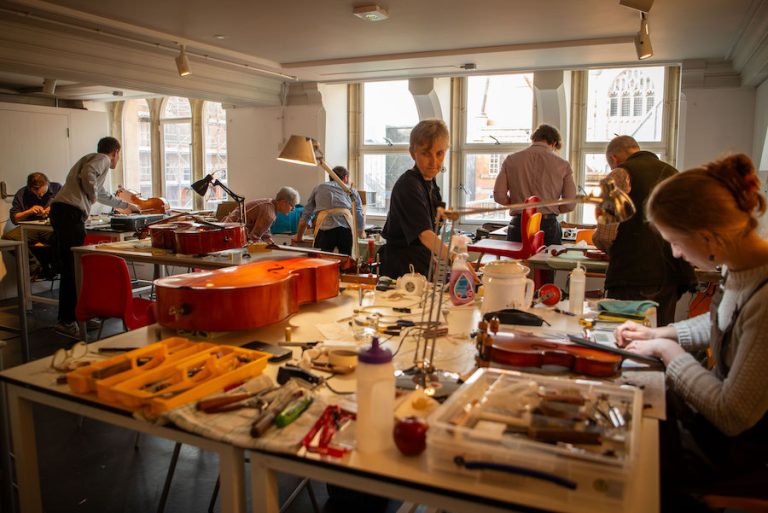
The charity celebrating ten years of making music accessible for all

Review: The House Party at HOME is ‘a bold exploration of modern class divides’

Ukrainian artist studying in Manchester shares inspiring message about living life to the full

How The Salutation became a cornerstone of Manchester’s story







